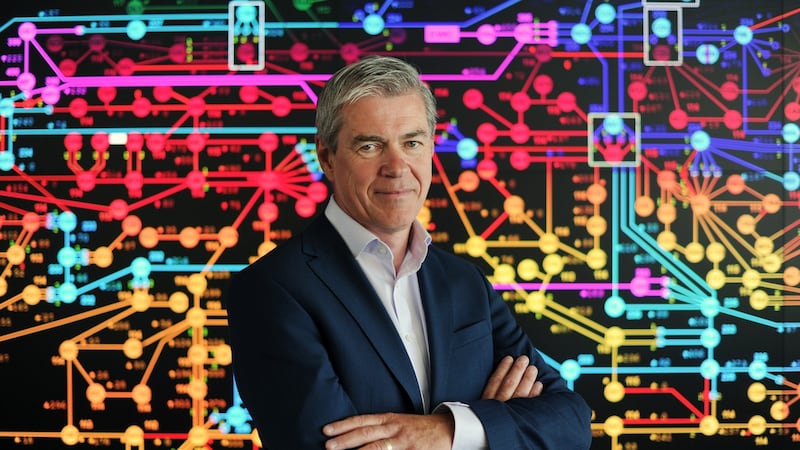Expanding the national grid to increase capacity and stability is essential if Ireland is to meet growing demand.
There is also the challenge of ensuring that 70 per cent of power on that grid comes from renewable energy, if the Government’s targets on climate change are to be met.
Currently we’re in a “good position”, says Mark Foley, chief executive of EirGrid, Ireland’s transmission system operator. Using the sporting analogy, at the end of this calendar year, “we’ll be at half time”.
“Ireland will be among the best in terms of renewables on the electricity system, with close to 40 per cent. We will be a world leader around creating a decarbonised power system to power economy and society,” he says.
In the “second half”, or up to 2030, a target of 70 per cent from renewable sources has been set. A lot of those sources of renewable energy have yet to be built, deployed and connected.

“Our job is to connect a massive amount of renewable energy in the next 10 years,” he says. “In the past it was about offshore wind; in the future it will be about onshore, offshore and solar. We got this far with one technology, but we’ll get to the goal with three technologies. We’re in the middle of making, enabling and connecting all of those.”
However, a recent study commissioned by the Irish Wind Energy Association has stated that planning decisions need to be made faster if the scale of expansion in the current time frame is to be achieved. A wind energy project can take eight to 12 years to complete.
Solar shift
Between January and March this year half of Ireland’s electricity came from renewables, and Foley says credit must be given to the developers who got Ireland there. Now the next generation to enter the market, including those in solar, must help Ireland get the rest of the way there, and quicker planning is needed.
A significant amount of solar is being built and will be built across Ireland in the next two to three years, which will complement wind. “In summer there is a lot of solar gain. Within the offshore wind community, some very serious, credible companies have about six or seven projects where they wish to build offshore wind farms that will get connected into the east coast and will be that third leg of the stool in providing really significant capacity.
"Offshore can be five to 10 times the scale, as you don't have the constraints that you have on land. There are six projects in the Irish Sea – off the coast of Dundalk down to Wexford – lined up to go. We are awaiting the final legislative proposition on that," he says.
“Ireland is an island nation. We don’t have the benefits of Denmark, which is completely connected into Europe, so we’ve to build more interconnection into it. The planned North-South interconnector, between Cork and Brittany, and a private sector proposition called Greenlink, to connect Ireland and UK will do that,” he says.
Another dimension
There is another dimension: nobody in the world can handle 100 per cent renewables on a power system. It’s an incredibly complex technical challenge, Foley says.
“If the wind is blowing in Ireland in mid-winter, we would be able to handle about 65 per cent , but our job is to get that to 100 per cent . We’ve to build the technical know-how and solutions such that at some point in 2030, on a windy November night, the whole of Ireland is running on renewables. The market must reward people who can provide those solutions, for example those people who invest in batteries to help keep the system stable when it’s running at 100 per cent renewables,” he says. Wind is intermittent and can be unreliable. Batteries will ensure that if the wind were to suddenly drop, the extra support is there.
Foley says the plan needs buy-in from the general public. “It’s really important that the debate around this takes place and it becomes centre stage in public discourse. Without people understanding what’s needed and having the public’s support, there is little chance of getting the job done,” he says.
In relation to planning, he says there are two areas that need to be addressed. “Firstly, it is too easy for third parties to initiate vexatious judicial review proceedings,” he says. “Secondly, there is the issue of locus standi. I do not think it is helpful that people who may live in another part of the country and have no connection with a project are entitled to lodge planning objections.”









